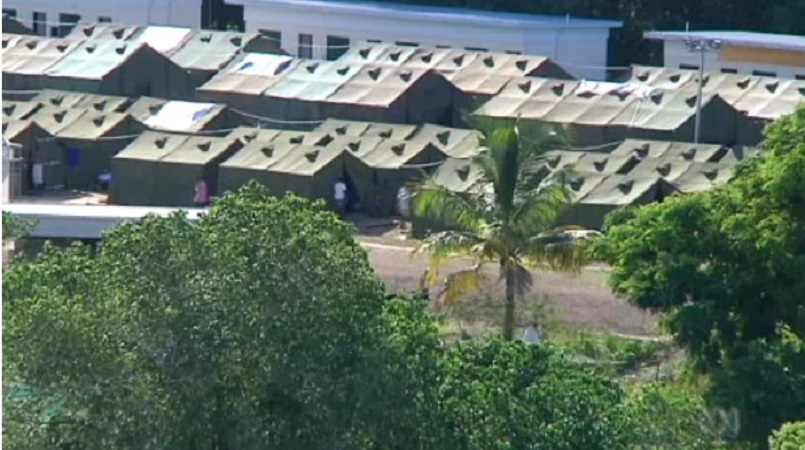
For years, the United Nations’ refugee agency told Australia that its policy of banishing asylum seekers to remote Pacific island detention centres was illegal.
Now, the agency is working with Australia in what both sides call an unusual, not-to-be-replicated agreement to send some of those refugees across the world, to be resettled in the United States.
The deal, announced by Australia last week, is aimed at shutting down two offshore detention facilities — one on the island nation of Nauru and the other on Manus Island in Papua New Guinea — where hundreds of people are housed in what rights groups describe as deplorable conditions.
The United States has agreed to take some of them; how many, and how quickly, remains unclear.
In an interview this week, Volker Turk, an assistant high commissioner with the United Nations’ refugee agency, said his staff would help with the screening and resettlement of refugees but only as a “one-off” to allay their suffering.
“We think there is an urgent imperative to find a humanitarian way out of this otherwise very, very, complex conundrum,” he said by telephone from Canberra, the Australian capital.
His comments hinted at the dilemmas that the world body can face when countries flout international law on the rights of people fleeing war and persecution, as the United Nations and other critics say Australia has done.
“We do not in any way want to give the impression that we would continue supporting such types of mechanisms,” Turk said, referring to Australia’s offshore detention policy.
“We, all of us, are very clear that this is a one-off, good offices, exceptional humanitarian type of involvement because we do not believe that the future of handling this lies in sending people to Manus Island and Nauru.”
Australia is the only country in the world that sends all seaborne asylum seekers to other countries, where their claims for refugee status are assessed, while refusing to let any of them settle within its borders.
The policy is meant to discourage such migrants, many of whose voyages have ended in disaster after people smugglers pushed them out to sea from Indonesian ports, crowded onto unseaworthy vessels.
Many of the offshore detainees are from Iran, others from Afghanistan, Malaysia, Sri Lanka and Vietnam.
The government is considering legislation that would bar them from ever visiting Australia, regardless of where they settle. Australia has turned back boats full of migrants and towed them out to sea; assessed their asylum claims on boats, apparently in violation of international law, before forcing them back; and has even been accused of paying a human trafficker to take his passengers back to Indonesia, where he was arrested.
Australia pays Nauru and Papua New Guinea, both impoverished nations, to house the detainees. But Papua New Guinea recently said it would close the camp there, which its Supreme Court found to be in violation of its Constitution.
International rights groups, the United Nations and domestic critics have excoriated Australian officials for years over the bleak conditions in which the asylum seekers live.
Neither Australia nor the United States are giving details about the resettlement deal, including how many people it would involve and how soon it would happen.
Screening and security checks by the United States authorities, involving multiple intelligence agencies, can usually take 18 to 24 months, making it difficult to imagine that any of the refugees will arrive in the United States before Donald J. Trump is sworn in as president in January.
A spokeswoman for the Australian Department of Immigration and Border Protection said in a written response to questions that the agency was “not providing any more details about the arrangements.”
A spokeswoman at the American State Department declined to say how many refugees would be resettled in the United States, except that it would be done in consultation with the United Nations.
The Obama administration has said the United States will take in 110,000 refugees from around the world in the current fiscal year, which began in October, and the State Department has said that the deal with Australia would not increase that number.
Australia has said that about 1,600 people are housed on both islands, including some on Nauru who live outside the detention center.
Australia declined to comment when asked why its figures differed from the United Nations’, which are somewhat larger. The government said families on Nauru would be given priority for resettlement, followed by detainees on Manus Island, all of whom are men.
Photo: worldbulletin.net
